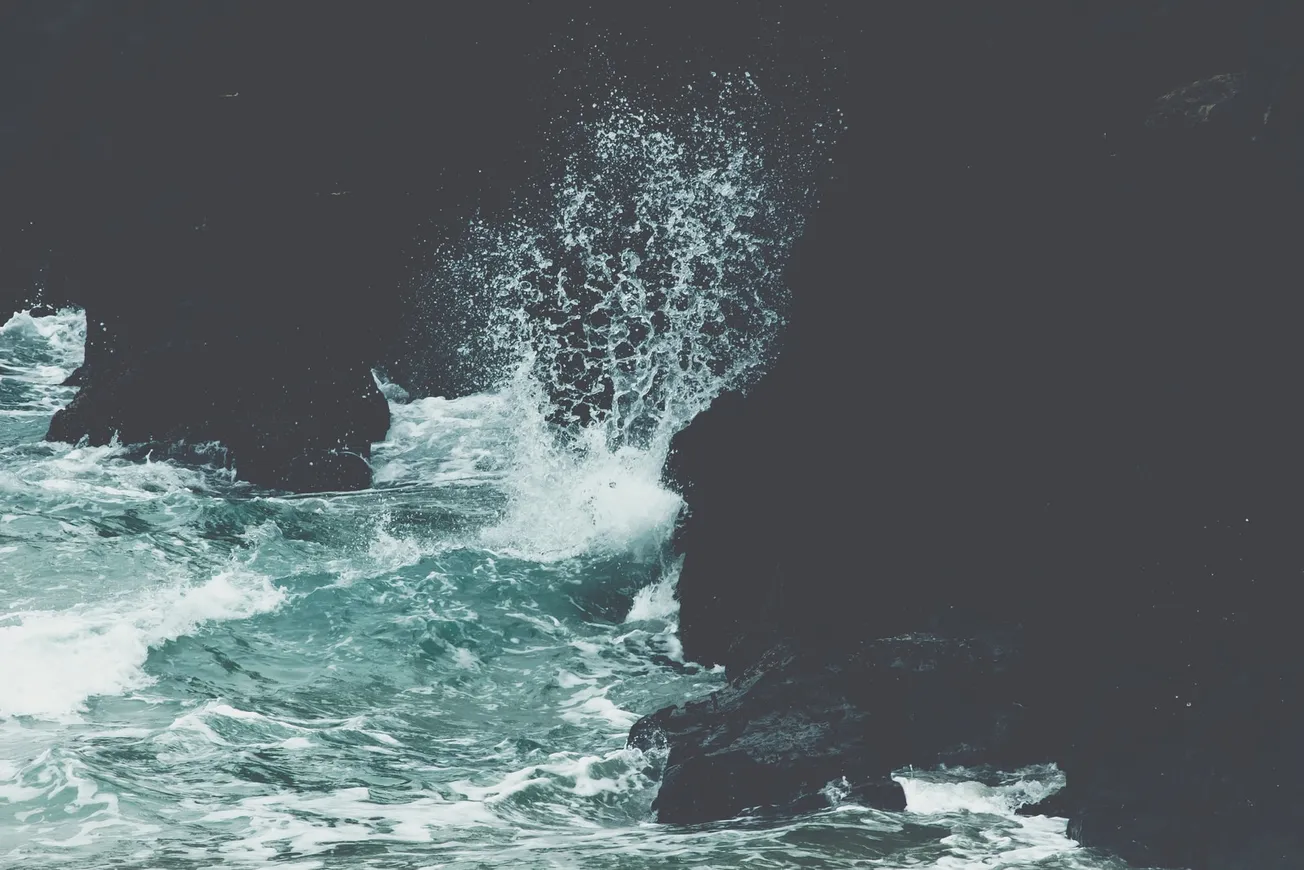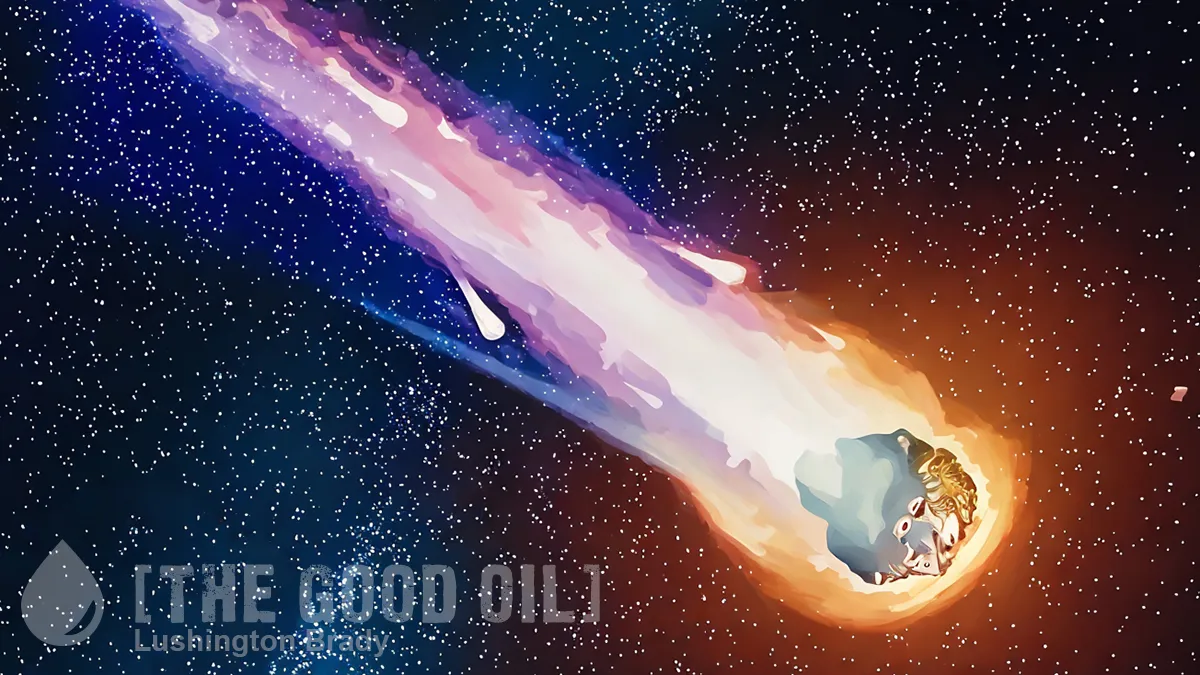G P Stephenson
John Tamihere is a former Labour Cabinet minister and the chief executive of Whanau Ora and West Auckland Urban Maori organisation Te Whanau o Waipareira. He is tane vice-president of Te Pati Maori.
OPINION: If we were playing Jeopardy, the answer is Maori, and the winning question is, who owns the water?
What is bizarre to me is that people who have stolen an asset are now having a debate about the rights over it.
We reject co-governance because we want to have the appropriate conversation about the elephant in the room: how did Pakeha get to the table on a 100% Maori-owned asset?
Stuff
Below is my response to John Tamihere’s article that Maori own the water.
No one on planet Earth can own water.
Unless Maori owned the water that arrived within the small celestial bodies 3.8 to 5 billion years ago, own the water that is in the Tasman sea and the Tropics and all the water that circulates in the conveyor belt of the equator, Antarctica, and in the Greenland and Labrador seas, then they have no claim on water ownership just like every other being on this marvellous planet.
Let me explain the science of water and its origin.
Water has existed on Earth for between 3.8 to 5 billion years as evidenced from the Isua Greenstone Belt. This water came from numerous small celestial bodies that may have existed at an early stage of the development of the solar system. The water on the earth now is the same water that existed 3.8 to 5 billion years ago.
The Earth’s water content is about 1.39 billion cubic kilometres (331 million cubic miles), with the bulk of it, about 96.5%, being in the global oceans. As for the rest, approximately 1.7% is stored in the polar ice caps, glaciers, and permanent snow, and another 1.7% is stored in groundwater, lakes, rivers, streams, and soil. Only a thousandth of 1% of the water on Earth exists as water vapour in the atmosphere.
A typical water molecule will stick around in an ocean for, on average, a few thousand years. In rivers, a water molecule won’t dawdle as long — just a couple of weeks to several months. The water we drink today was drunk 65 million years ago by dinosaurs. This means you are also drinking dinosaur urine, that has evaporated out. The urine ratio is 350 million years of 5 billion ton of wet vertebrates urinating eight times their body weight per year equals 14,000 million cubic miles of urine. This means the atoms in your average water molecule will have been concentrated urine some 10 times already. And that is a conservative estimate. Sea life consumes the ocean water several times before it evaporates to form clouds in the sky and then during condensation, this water falls back to Earth as rain.
Back to where New Zealand’s water arrives from, remembering all the above evidence of the origins of water, now in circulation.
Cooling of surface waters near Antarctica, and in the Greenland and Labrador seas, creates cold, heavy water that sinks, setting up what is known as the great ocean conveyor belt. This brings warm surface water from the equator to the poles and returns cool waters at depth. The cooler deep-water mixes so that it warms and rises as it travels towards the equator. The conveyor belt slowly moves water from one ocean basin to another, redistributing heat, salt, and nutrients. This recirculation smooths out the earth’s temperature – without it, the poles would be considerably colder and the tropics significantly hotter.
The main water masses around New Zealand are subtropical and subantarctic waters. Subtropical water has arrived from near the equator. Heated and evaporated by the sun, it can be as warm as 22°C and as salty as 35.6 ppt (parts per thousand). Subantarctic water is relatively cool and fresh – rarely exceeding 10°C, with a salinity of 34.4 ppt. The journey of water is estimated to take 1,200 years to come full circle. The conveyor belt moves past New Zealand at a depth of about 2–5 kilometres.
For the South Island, the prevailing winds off the Tasman Sea meet the Southern Alps. The resultant precipitation makes the West Coast the wettest area in New Zealand.
For the North Island, the rain comes from the tropics.
All New Zealand’s water comes from the Equator, Tropics, Greenland, Labrador seas, Antarctica and through all the oceans on the water on the great ocean conveyor belt, with rainfall from those waters.









